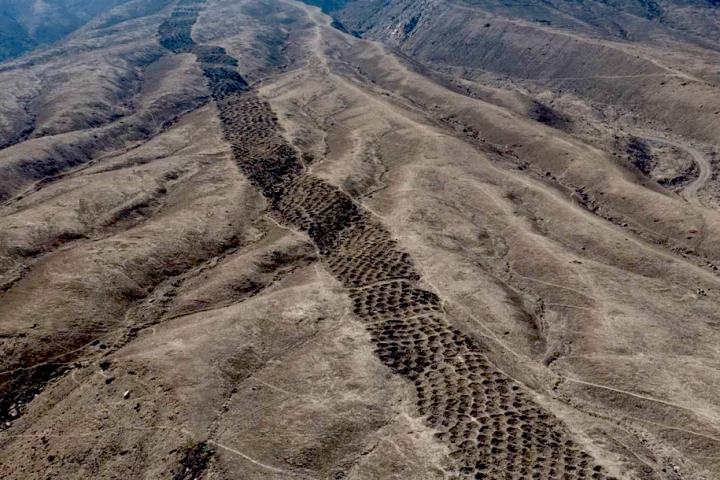We know what they look like, and even sound like, but there’s one question you might not have pondered: what do ancient Egyptian mummies smell like? Whether you wanted to know or not, scientists have now given us an answer.
Looking through the museum glass at a mummy, you might assume it would smell of must and decay. But it turns out they’re much more pleasant on the nose than you’d expect: the scientists describe the strongest notes as woody, spicy and even sweet.
Figuring this out didn’t just mean cracking open sarcophagi and taking a whiff. The new study, led by scientists at University College London (UCL) and the University of Ljubljana, involved analyzing samples of air surrounding nine mummies using gas chromatographs and mass spectrometers. That was backed up by a panel of experts sniffing the air and describing the quality, intensity and pleasantness of the smells, like mummy sommeliers.
In 78% of cases, the team described the samples as having a woody scent, while 67% smelt spicy and 56% were sweet. “Incense-like” and “stale or rancid” followed at 33%, while other odor profiles, like floral, herbal, citrus-like, smoky and dusty also cropped up less frequently.

The experiment wasn’t just about figuring out which wines and cheeses to pair with your mummy – smell is an often-overlooked sense that can provide more information about the history of an artifact than we might realize.
The team identified four main sources of these smells: the original materials used during the mummification process; plant oils used later for conservation of the artifact; synthetic pesticides used to prevent damage; and by-products of microbes breaking down the material and tissue.
Identifying which smells are strongest can reveal what treatments a particular mummy underwent, what conservation efforts were tried in later centuries, and detect the presence of harmful microbes.
“To the ancient Egyptians, mummification was an important mortuary practice aimed at preserving the body and soul for the afterlife through a detailed ritual of embalming of the deceased using oils, waxes and balms,” said Ali Abdelhalim, director of the Egyptian Museum in Cairo. “The practice evolved over time, and identifying different techniques and materials used offers insights into the era, location and socioeconomic status of the individual being mummified.”
The work could also lead to new kinds of interactive museum exhibits, where recreated “smellscapes” immerse you in the process of mummification.
The research was published in the Journal of the American Chemical Society.
Source: UCL via Eurekalert





